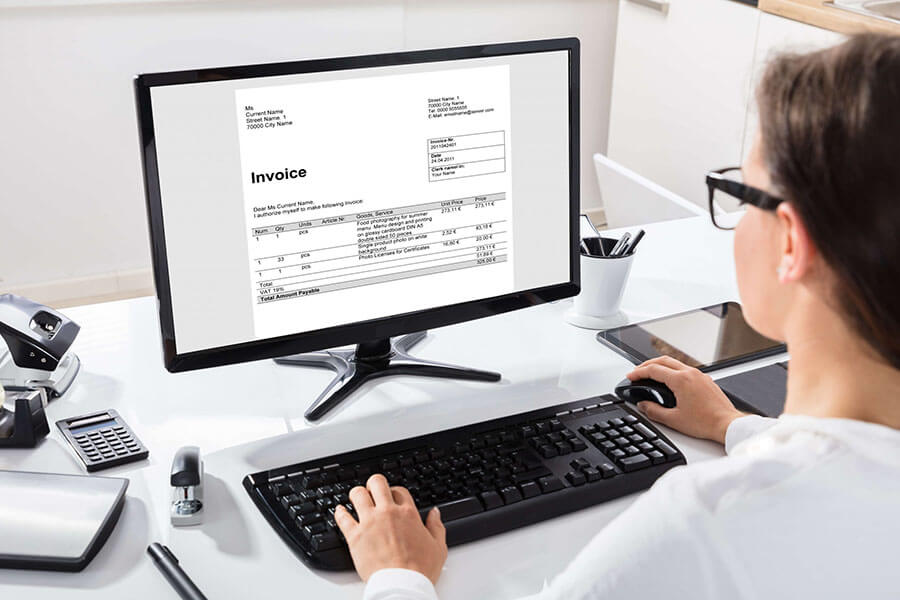Last-in, first-out LIFO method in a perpetual inventory system

The controller multiplies this amount by the $15.00 base year cost and again by the 121% current cost index to arrive at a cost for this new inventory layer of $23,595. Now you can enter any number in units column and it will calculate the exact cost of sales amount for you in LIFO basis. If prices are falling, earlier purchases would have cost higher which is the basis of ending inventory value under LIFO. In a period of falling prices, the value of ending inventory under LIFO method will be lower than the current prices.

How SKU Tracking Can Help Your Business
- Keeping track of all incoming and outgoing inventory costs is key to accurate inventory valuation.
- Businesses usually sell off the oldest items left in the inventory as they might become obsolete if not sold further.
- Just upload your form 16, claim your deductions and get your acknowledgment number online.
- Therefore, we can see that the financial statements for COGS and inventory depend on the inventory valuation method used.
- Enhance your proficiency in Excel and automation tools to streamline financial planning processes.
- With this data, you can compute the value of ending inventory under LIFO (last units purchased are first sold) and FIFO (first units purchased are first sold).
Last in, first out (LIFO) is a method used to account for business inventory that records the most recently produced items in a series as the ones that are sold first. The company made inventory purchases every month during Q1, resulting in a total of 3,000 units. However, the company already had 1,000 units of older inventory; these units were purchased at $8 each for an $8,000 valuation. While LIFO produces a lower tax liability, the FIFO method tends to report a higher net income, which can make the company more attractive to shareholders. It also reports a higher value for current inventory, which can strengthen the company’s balance sheet.
Tax implications
Considering that deflation is the item’s price decrease through time, you will see a smaller COGS with the LIFO method. Also, you will see a more significant remaining inventory value because the most expensive items were bought and kept at the very beginning. If LIFO affects COGS and makes it more significant during inflationary times, we will have a reduced net income margin. Besides, https://www.bookstime.com/articles/what-is-invoice-factoring inventory turnover will be much higher as it will have higher COGS and smaller inventory. Also, all the current asset-related ratios will be affected because of the change in inventory value. Since LIFO expenses the newest costs, there is better matching on the income statement.
LIFO vs. FIFO vs. Weighted average cost

While it may temporarily lower COGS and boost profitability, indiscriminate use can lead to erratic sales costs and inflated profits. Effective inventory management is about maintaining the right stock levels, ensuring neither surplus nor deficit. Within this delicate balance, LIFO emerges as a critical strategy, assuming that the latest https://netvirtualstudents.org/local-1407-nyc-accountants-statisticians-actuaries/ stock additions are sold foremost.
Example – LIFO periodic system in a merchandising company:
- To calculate COGS (Cost of Goods Sold) using the LIFO method, determine the cost of your most recent inventory.
- It’s the opposite of FIFO, where the newest inventory is sold first instead of the oldest.
- LIFO stands for ‘Last-In-First-Out.’ It is a method used to calculate the valuation of inventory.
- In the simplest way of defining it, the LIFO reserve accounts for the differences between the LIFO and FIFO methods of accounting for inventory value.
- But there are certain ratios like inventory turnover ratios, inventory cycles, etc., that can only be compared if the same inventory method is used.
Below, see how lifo formula each method is applied to the same inventory purchases and sales, leading to different financial outcomes. This method can significantly impact your business’s financial statements, especially during inflation. If inventory prices fluctuate frequently, using older costs for COGS may not reflect the true cost of replacement stock, potentially impacting pricing decisions.

The Continuous Update of the LIFO Perpetual Method

As per the underlying concept of LIFO, the latest items that get included in an inventory are the first to be sold at the beginning of an accounting year. It is essential to have a proper understanding of how much to invest in inventory. This is primarily because the overall cost of an inventory significantly affects a business’s profitability. You can analyze the FIFO and LIFO in Excel to track stock efficiently and optimize financial decisions. Understanding these methods is crucial for accountants, supply chain managers, and business owners. By following this tutorial, you can implement FIFO/LIFO calculations in Excel and make informed inventory decisions.
